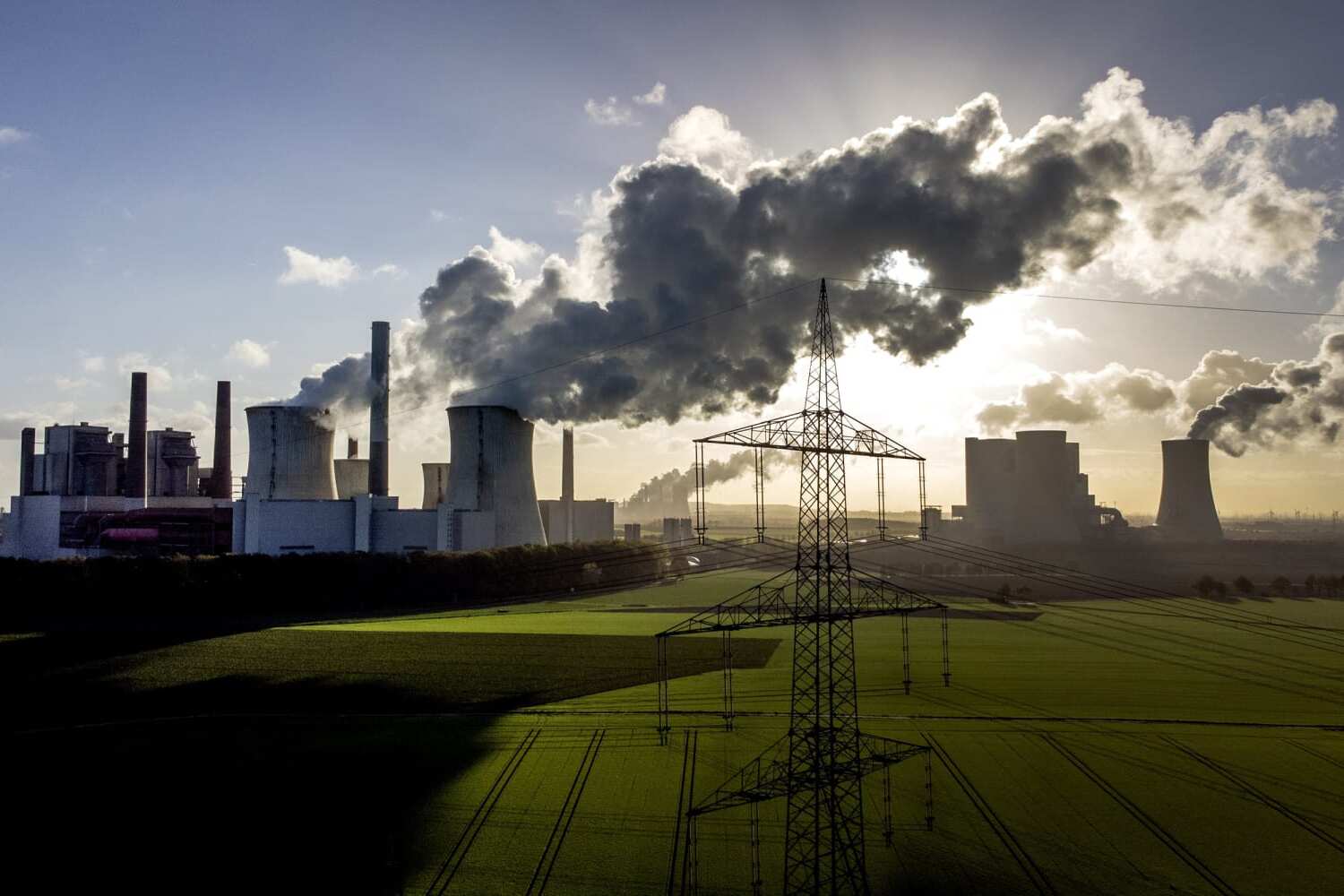
Carbon emissions are a hot topic these days. But what exactly are they? Carbon emissions refer to the release of carbon dioxide (CO2) into the atmosphere, mainly from burning fossil fuels like coal, oil, and natural gas. These emissions contribute to climate change by trapping heat in the atmosphere, leading to global warming. Understanding carbon emissions is crucial for tackling climate change and protecting our planet. In this blog post, we’ll dive into 22 fascinating facts about carbon emissions that will help you grasp their impact and importance. Get ready to learn how our daily activities contribute to CO2 levels and what we can do to reduce our carbon footprint.
What Are Carbon Emissions?
Carbon emissions refer to the release of carbon dioxide (CO2) into the atmosphere. These emissions primarily come from burning fossil fuels, deforestation, and various industrial processes. Understanding carbon emissions is crucial for addressing climate change.
-
Carbon dioxide (CO2) is the most significant greenhouse gas. It accounts for about 76% of global greenhouse gas emissions.
-
Burning fossil fuels is the largest source of CO2 emissions. This includes coal, oil, and natural gas used for electricity, heat, and transportation.
-
Deforestation contributes to carbon emissions. Trees absorb CO2, so cutting them down releases stored carbon back into the atmosphere.
Sources of Carbon Emissions
Different activities and industries contribute to carbon emissions. Knowing these sources helps in creating strategies to reduce them.
-
Electricity and heat production are major contributors. They account for about 25% of global CO2 emissions.
-
Transportation is another significant source. Cars, trucks, ships, trains, and planes contribute around 14% of global emissions.
-
Industry processes also release CO2. Cement production, steelmaking, and chemical manufacturing are key industrial sources.
Impact of Carbon Emissions on Climate
Carbon emissions have a profound impact on the Earth's climate. They trap heat in the atmosphere, leading to global warming and climate change.
-
Global temperatures are rising. The Earth's average temperature has increased by about 1.2°C since the late 19th century.
-
Melting ice caps and glaciers. Higher temperatures cause polar ice to melt, contributing to sea level rise.
-
More frequent and severe weather events. Increased carbon emissions lead to more intense hurricanes, droughts, and floods.
Carbon Emissions and Human Health
The effects of carbon emissions extend beyond the environment. They also impact human health in various ways.
-
Air pollution from carbon emissions harms health. It can cause respiratory issues, heart disease, and other health problems.
-
Heatwaves are becoming more common. Higher temperatures increase the frequency and severity of heatwaves, posing health risks.
-
Vector-borne diseases are spreading. Warmer climates allow diseases like malaria and dengue fever to spread to new areas.
Efforts to Reduce Carbon Emissions
Various strategies and technologies are being implemented to reduce carbon emissions and mitigate their impact.
-
Renewable energy sources are key. Solar, wind, and hydroelectric power produce electricity without emitting CO2.
-
Energy efficiency improvements help. Using energy more efficiently in homes, buildings, and industries reduces emissions.
-
Reforestation and afforestation. Planting trees and restoring forests can absorb CO2 from the atmosphere.
International Agreements on Carbon Emissions
Global cooperation is essential for addressing carbon emissions. Several international agreements aim to reduce emissions and combat climate change.
-
The Paris Agreement is a landmark accord. It aims to limit global warming to well below 2°C above pre-industrial levels.
-
Kyoto Protocol was an earlier effort. It set binding emission reduction targets for developed countries.
-
Carbon pricing mechanisms are being adopted. Carbon taxes and cap-and-trade systems incentivize reducing emissions.
Technological Innovations in Reducing Emissions
Advancements in technology play a crucial role in reducing carbon emissions. Innovations are making it easier and more cost-effective to cut emissions.
-
Electric vehicles (EVs) are gaining popularity. EVs produce zero tailpipe emissions, reducing transportation-related CO2.
-
Carbon capture and storage (CCS) technology. CCS captures CO2 from industrial processes and stores it underground.
-
Smart grids improve energy efficiency. They optimize electricity distribution, reducing waste and emissions.
-
Green building practices are on the rise. Sustainable building materials and designs lower energy use and emissions.
The Big Picture on Carbon Emissions
Carbon emissions are a major player in climate change. They come from burning fossil fuels, deforestation, and industrial processes. Reducing emissions means cleaner air, healthier ecosystems, and a more stable climate. Simple actions like using public transport, conserving energy, and supporting renewable energy can make a difference. Governments and industries also need to step up with policies and innovations to cut emissions.
Understanding the facts about carbon emissions helps us see the urgency of the problem and the steps we can take. Every small effort counts toward a larger goal of a sustainable future. By staying informed and making conscious choices, we can all contribute to reducing carbon emissions and protecting our planet. Let's keep pushing for change and make a positive impact on the environment.
Was this page helpful?
Our commitment to delivering trustworthy and engaging content is at the heart of what we do. Each fact on our site is contributed by real users like you, bringing a wealth of diverse insights and information. To ensure the highest standards of accuracy and reliability, our dedicated editors meticulously review each submission. This process guarantees that the facts we share are not only fascinating but also credible. Trust in our commitment to quality and authenticity as you explore and learn with us.


